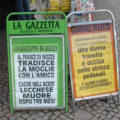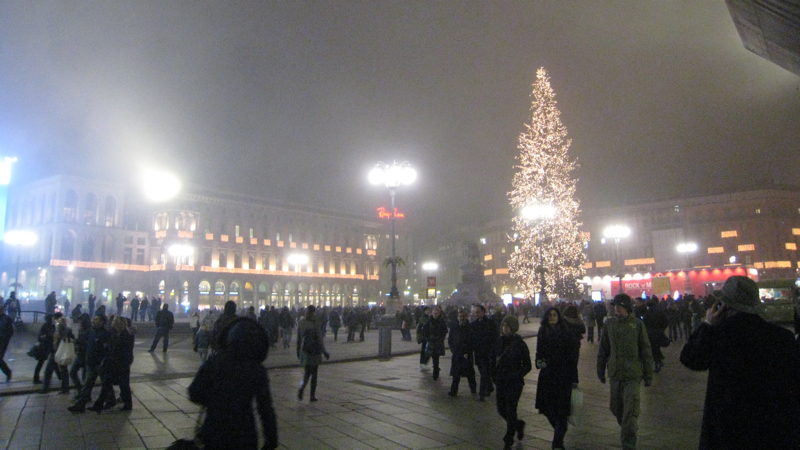We’re suffering Buffy withdrawal. Angel, the show which spun off from Buffy four years ago, is good, but it’s pretty much guy-centered. I have no complaints about watching all the good-looking men on “Angel,” but I miss the presence of powerful women, and the role model that Buffy provided for my daughter.
Ross started watching Buffy when she was 10, and at age 14 said that she would have grown up a different person without the show.
Hurt, I responded: “You weren’t exactly lacking for a strong female role model at home.”
“Yes, but Buffy made it cool.”
Which is a very good point. Being a strong, self-confident female is not easy at any age; strength is a characteristic not appreciated in women by most cultures or individuals (male or female). It wasn’t easy for me to grow into my strength (compounded, as it is, with geekiness), and I certainly wasn’t comfortable with it as a teenager, if I even had it then. And I spent most of my adolescence in the nurturing environment of Woodstock School, more accepting than most schools of student diversity. So I wouldn’t know how to advise Ross how to feel comfortable in her own skin at this age and place, if it weren’t for Buffy.
But don’t take my word for it. “[Father John] Pungente used Buffy as a role model for conveying solid values for teens. ‘She is smart, willing to learn about herself and live with who she is, even if she happens to be a vampire slayer. She is independent, reliable, maybe too much a Type-A personality, but still an entirely credible 1990s teenager. Other shows deal with teenage problems – love, sex, peer pressure, school work, family problems, body image, dreams, insecurity, self-esteem – but Buffy adapts a literary and film genre for television. The vampire myth and the sexuality it evokes speak powerfully to today’s teenagers.'” (MARTIN O’MALLEY: Orange County blues, CBC News Viewpoint | November 14, 2003)
A point often overlooked by writers about “Buffy” is the role of Xander, Buffy’s average guy friend who, unlike her other friends, has no special powers (magical or intellectual) to help him fight the forces of darkness, both interior and exterior. “You know, Xander is as important a role model as Buffy and people will never really get that, I think, most of ’em. But, the fact of the matter is that I had a two-fold intent, which was to create a role model in the idea of a girl who’s a genuine leader and the role model in a man who is not only comfortable, but turned on by that.” Joss Whedon, MSN Interview
Hear, hear. The world needs not only more women like Buffy, but more men like Xander. Unfortunately for Ross, I don’t think she’ll find many such in Italy, and even fewer in her age range.









